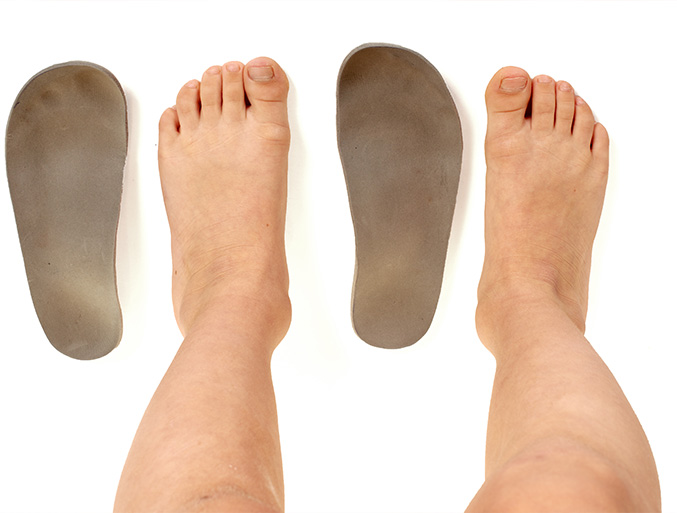How To Choose The Best Orthotics For Children?

Pediatric orthotics include a range of insoles and splints designed to support the correct functioning of a child’s lower legs and feet. Children’s orthotics can be used to treat common biomechanical foot problems, such as overpronation or overpronation. They can also be used as part of a treatment plan to promote joint and muscle stability in children born prematurely or with low muscle tone, such as those diagnosed with Down syndrome. Children’s orthoses can be custom-made or off-the-shelf. Choosing the best device for a child usually depends on the child’s underlying foot or muscle problem.
Orthotics are devices commonly worn throughout the day, inside a person’s shoes, such as splints or insoles and also custom pediatric prosthetics solution for kids. Custom-made and over-the-counter orthotics are generally comfortable, and their use helps prevent muscle stiffness commonly experienced by children with biomechanical or muscular foot problems. There are many types of pediatric orthotics to treat different foot, muscle, or gait problems in children.
Young children go through many developmental changes, and children under the age of seven tend to have flat feet, which is natural for them. Some specialists say that it is better not to change the alignment of the foot in people under the age of seven who have orthotics for minor biomechanical disorders. However, in children over the age of seven, orthotics can be used to correct misalignments due to common problems such as over or under pronation. A podiatrist or pediatrician can assess a child’s gait and recommend appropriate orthotics. These can be purchased ready-made, over the counter.
However, early orthotic intervention is essential for some children. Two-year-olds can use children’s orthotics under certain circumstances. Children with muscle tone problems, developmental disabilities, or motor disorders — such as cerebral palsy — may benefit from early intervention by an orthotist. A biomechanical assessment of a child’s feet and gait can help specialists custom design the pediatric orthotics best suited to that patient’s needs. Using custom-made orthotics can help maintain the proper alignment of a child’s legs and feet as they grow and develop.
Choosing the best orthotics for children can be difficult. In the absence of an underlying motor or developmental disorder, off-the-shelf orthotics can provide sufficient relief from over or under pronation in children over seven. The size and anatomy of children’s feet change as they grow, so it’s essential to have regular annual evaluations by a podiatrist, pediatrician, or orthotist.




